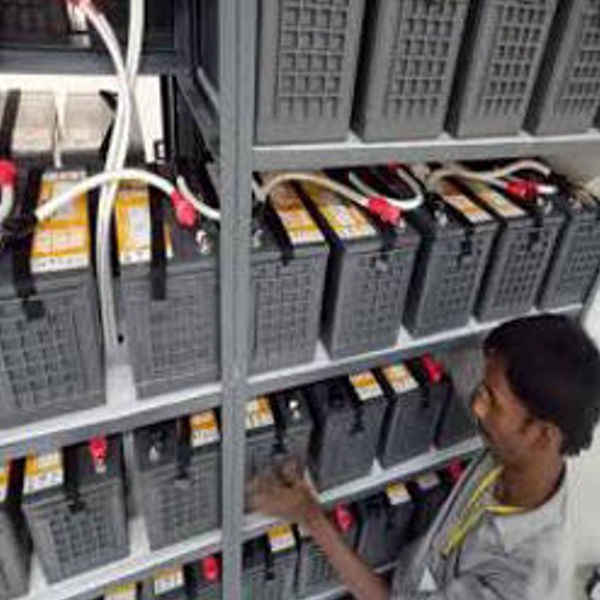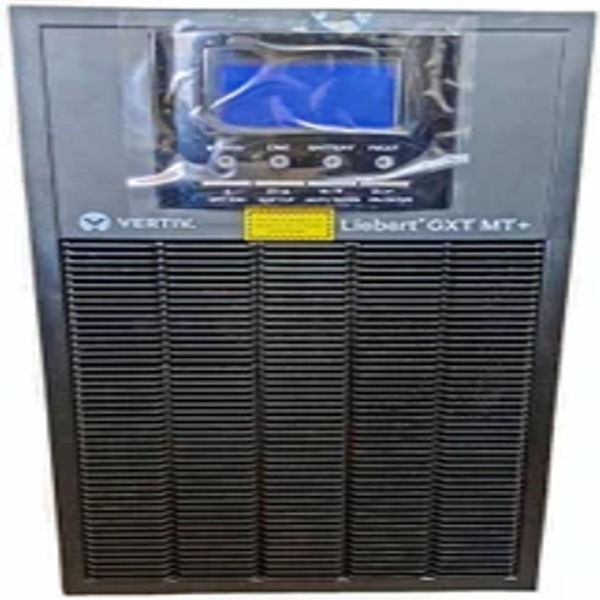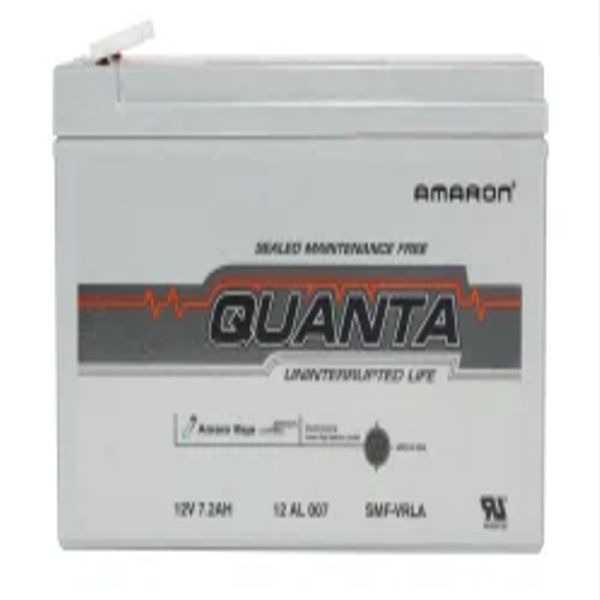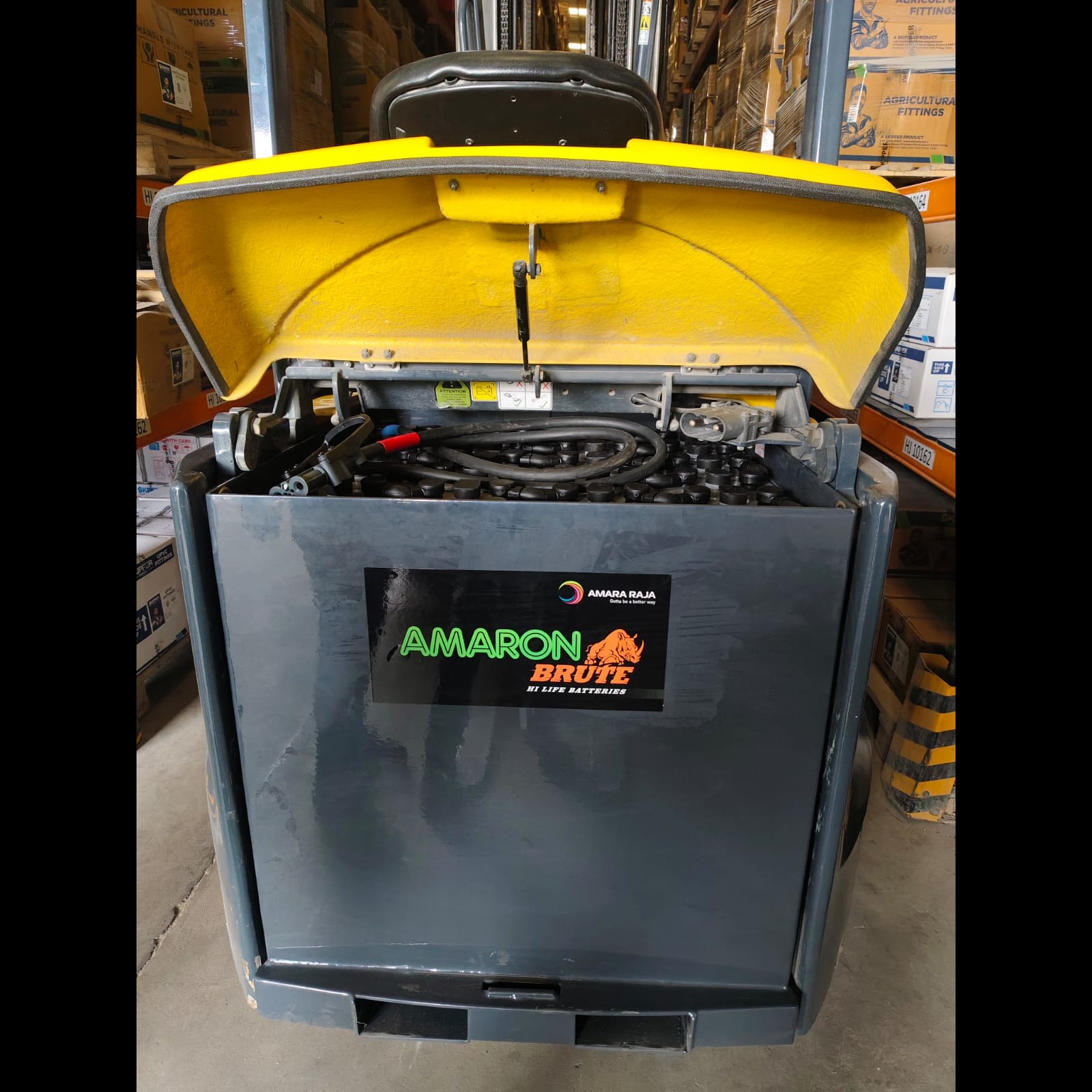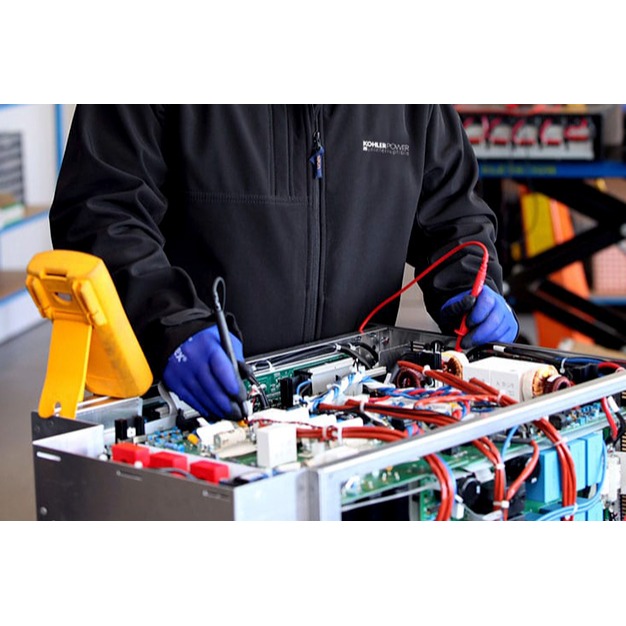
REPAIR AND MAINTENANCE UPS & BATTERIES
UPS (Uninterruptible Power Supply) systems and their batteries require regular maintenance to ensure optimal performance and longevity. Here are key aspects of UPS and battery repair and maintenance:
Regular Inspections: Conduct visual inspections of the UPS and batteries for signs of damage, corrosion, or wear. UPS and Battery Maintenance
UPS (Uninterruptible Power Supply) systems and their batteries require regular maintenance to ensure optimal performance and longevity. Here are key aspects of UPS and battery repair and maintenance:
Regular Inspections
Conduct visual inspections of the UPS and batteries for signs of damage, corrosion, or wear.
Check for dust, dirt, or debris accumulation on the UPS and batteries.
Verify that the UPS and batteries are properly secured and installed.
Battery Maintenance
Maintain the recommended float voltage for the batteries, usually between 2.25 to 2.27 volts per cell.
Monitor the battery\'s voltage and adjust as needed to prevent overcharging or undercharging.
Check the electrolyte levels and specific gravity readings in each cell (for flooded batteries only).
Record the terminal voltage of all cells and compare to the manufacturer\'s published values.
UPS Battery Replacement
Replace the UPS battery every 3-5 years, depending on the manufacturer\'s recommendations and usage.
Use a genuine APC replacement battery cartridge (RBC) for optimal performance and warranty validity.
Consider purchasing a new UPS if the existing one is 5+ years old.
UPS and Battery Testing
Perform regular load testing and capacity tests to evaluate the UPS and battery performance.
Use a cycling monitor to track the number of charge/discharge cycles and predict the end-of-life for the batteries.
Conduct conductance or impedance readings to evaluate the battery\'s internal resistance.
Environmental Considerations
Ensure the UPS and batteries are installed in a well-ventilated area, away from open windows, corrosive fumes, dust, and moisture.
Maintain the recommended ambient temperature for the UPS and batteries, usually around 77°F (25°C).
Resources
IEEE 450-2010: Recommended Practice for Maintenance, Testing, and Replacement of Vented Lead-Acid Batteries for Stationary Applications.
IEEE 1188a-2014: Recommended Practice for Maintenance, Testing, and Replacement of Valve-Regulated Lead-Acid (VRLA) Batteries for Stationary Applications – Amendment 1: Updated VRLA Maintenance Considerations.
Keywords
227 volts
5 years
ups battery
wear ups
35 years depending
cell monitor
flooded batteries
batteries verify
battery repair
maintenance testing
moisture maintain
wellventilated area
chargedischarge cycles
cycling monitor
capacity tests
warranty validity
manufacturers recommendations
electrolyte levels
undercharging check
prevent overcharging
properly secured
debris accumulation
dust dirt
wear check
damage corrosion
key aspects
terminal voltage
batterys voltage
impedance readings
battery performance
optimal performance
vented leadacid batteries
batteries conduct conductance
ensure optimal performance
recommended float voltage
specific gravity readings
recommended ambient temperature
